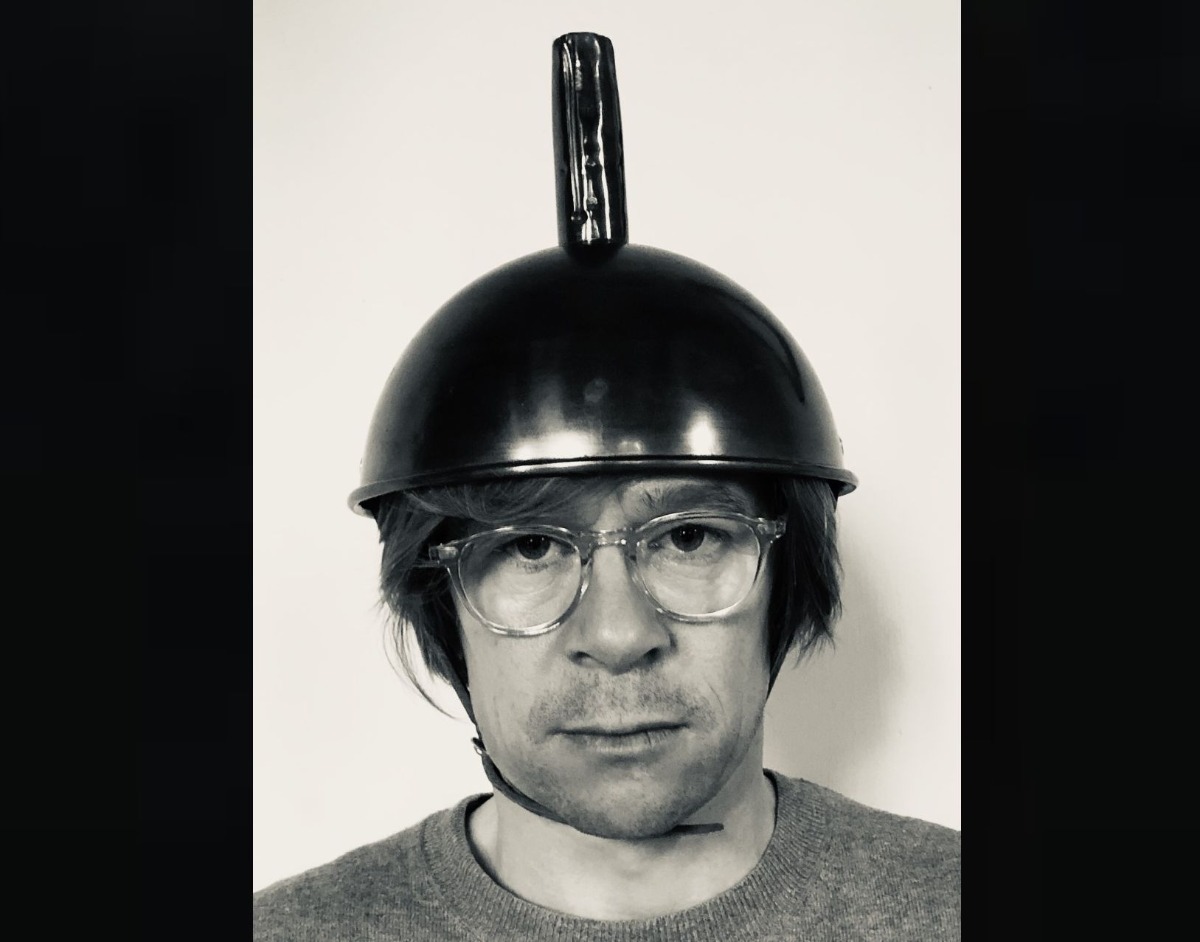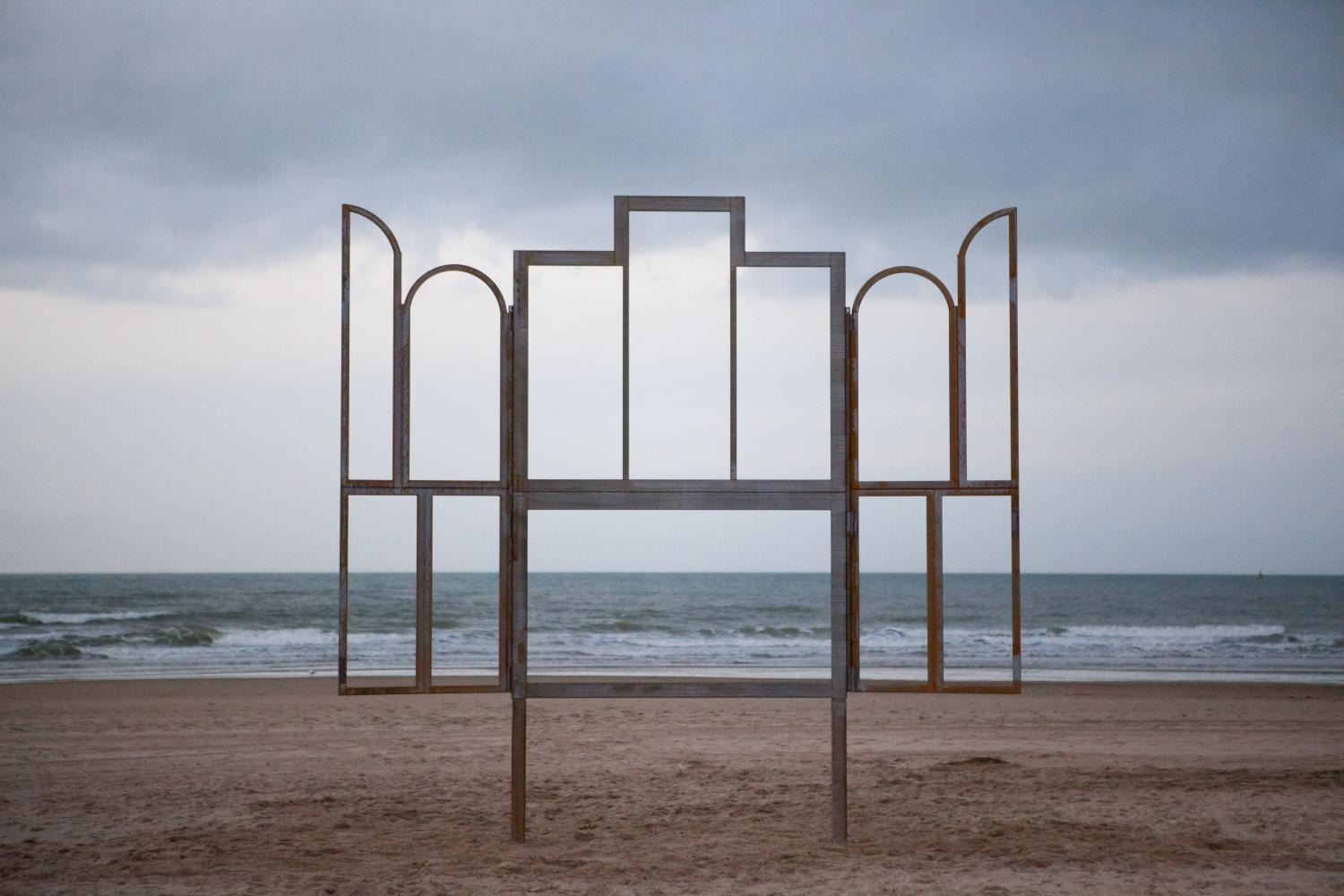
What artists are doing now. Belgian conceptual artist Kris Martin in Ghent
An inspiration and mutual solidarity project for the creative industries
At the focus of the What Artists Are Doing Now project is the creative person, their thoughts on this peculiar time, and their visions of the future and art. Arterritory.com began this series as a pandemic initiative with the aim of showing and affirming that neither life nor creative energy are coming to a stop during this crisis. We have invited artists from all over the world to send us a short video or photo story illustrating what they are doing, what they are thinking, and how they are feeling during this time of crisis.
Although we are immensely happy that in many places around the world museums and galleries are once again opening their doors to visitors, all of our lives have significantly changed and, most likely, will never be quite like they were before. Today, the importance of art in the lives of virtually everyone has doubtlessly intensified, for artists are visionaries who can inspire those around them as they simultaneously do their part in providing solutions to global problems.
From his studio in Ghent, Belgian conceptual artist Kris Martin answers a short questionnaire by Arterritory.com:
Are you working on any projects in your studio right now? If so, could you briefly describe them?
Of course! I am working on a fountain for Central Park NYC and on a series of works called Capital Sins. Right now, ‘NO’, 2020 is in production. It is a huge vintage oil pump nodding slowly ‘NO’.
What is your recipe for survival in a time of almost only bad news?
By making good news. Everyone can do that.
What is something that we all (each of us, personally) could do to make the world a better place when this disaster comes to an end? The world will no longer be the same again, but at the same time...there is a kind of magic in every new beginning.
By realizing that we all have to care about it. Last Call! By realizing that the small things in life are the greatest.
The art world and the culture sector is one of the most affected. What is the main lesson the art world should learn from all this? How do you imagine the post-apocalyptic art scene?
It's the other way around; people should rather learn from the art world. What is everybody doing during the lockdown? Consuming art. Reading books and poetry, watching movies, series, and recorded performances, listening to music...and looking to architecture, design, fashion, and...visual art. Without art, people would go crazy. So its importance is more than clear now. Art gives consolation, distraction, decompression, relaxation and reflection. Vision and hope!
Art should not be pushed into the margins of society. Don’t forget that art is the only thing that remains of every single ‘civilization’ in history.
Kris Martin. Altar. 2014. Photo: Benny Proot




***
Kris Martin, born in 1972, lives and works in Ghent, Belgium. His studio is in a former school building in a small village in Flanders called Wannegem-Lede, where his roots go back.
Martin's conceptual art practice, in which he poetically draws on icons of history, religion, and literature to create evocative artworks on the human condition, can be shortly described by the phrase coined by William Shakespeare – ‘brevity is the soul of wit’. Whether in the form of monumental or small-scale sculptures, drawings and interventions, his visual laconism offers the viewer a wealth of clues that go beyond the limits of vision.
A good example of this is one of his most famous works, Altar (2014). Kris Martin, inspired by the shape, technique and content of the Ghent Altarpiece (1432) by the Van Eyck brothers, reproduced the frame to omit the multiple panels of this stunning and highly complex 15th-century painting. It is stylistically considered a masterpiece of realism, whereas Kris Martin in his altarpiece empties all the panels and fills them with reality. There is no lamb, Adam and Eve are missing, as are the angel choirs and the Last Judgment. Instead of prophecies, the artist offers empty frames alluring with its ‘free space for your ad’, so to speak, and invites the viewer to look at the surrounding world through an open structure. The landscapes vary depending on the location, regardless of whether they are installed on the beach or in the urban area of New York, but in most cases, human hands have reshaped the environment so that it barely reveals the original ‘creation of God’.
To create The Idiot, Martin hand-wrote the 1,494 pages of Dostoevsky's novel of the same name in 2005, replacing the protagonist's name with his own. In another work, he transcribed Franz Kafka's novel The Metamorphosis onto a single page of paper and completely obliterated the text. In these works, as in all areas of Martin's radically diverse practice, the artist examines universal topics such as value, time, persistence, and senselessness with a critical eye and keen humor.
His work is included in prominent public and private collections such as the Burger Collection, Hong Kong; The David Roberts Art Foundation, London, United Kingdom; the Fürstenberg Zeitgenössisch, Donaueschingen, Germany; K21, Dusseldorf, Germany; the Museum of Contemporary Art Chicago, Chicago, Illinois; the Olbricht Collection, Berlin, Germany; Sammlung Boros, Berlin and Sammlung Philara, Düsseldorf, Germany; the Stedelijk Museum voor Actuele Kunst (S.M.A.K.), Ghent, Belgium; the Walker Art Center, Minneapolis, Minnesota; The Warehouse, Dallas, Texas; and the Zabludowicz Collection, London, United Kingdom.
In 2020, Altar will be on display in the centre of Ghent, at the same time as Kris Martin’s solo exhibition EXIT is held at S.M.A.K. EXIT (07.03.2020- 03.01.2021) establishes a subtle dialogue with the oeuvre of Jan Van Eyck.